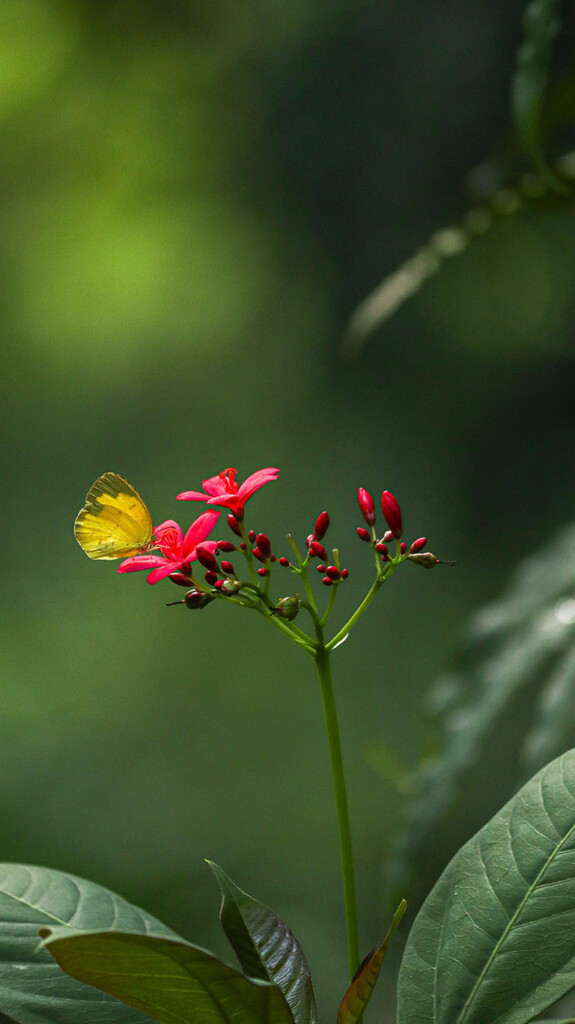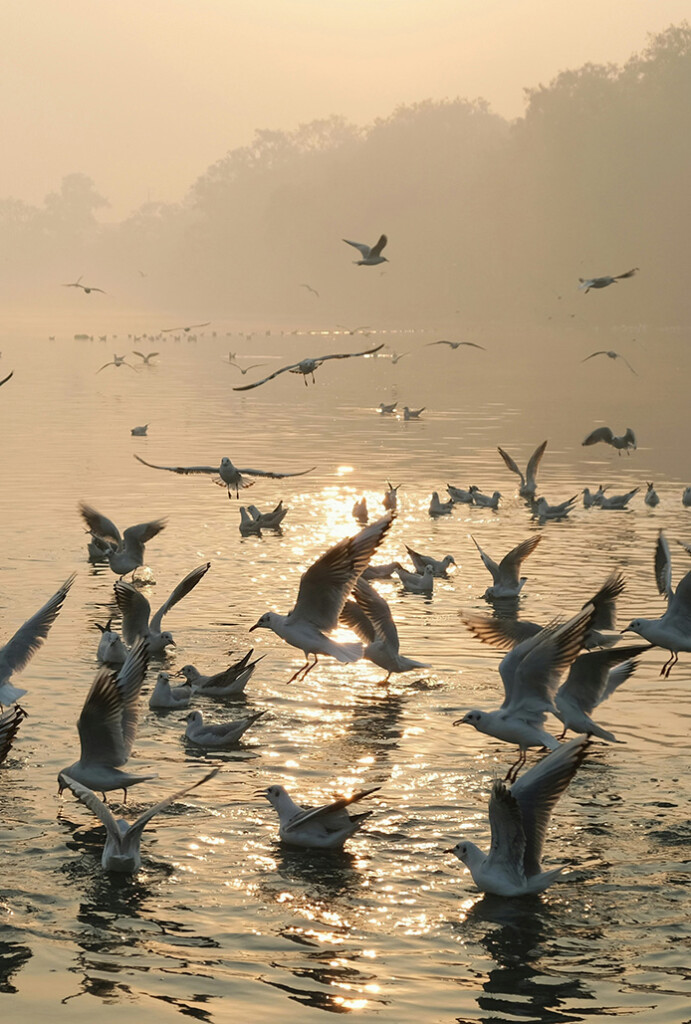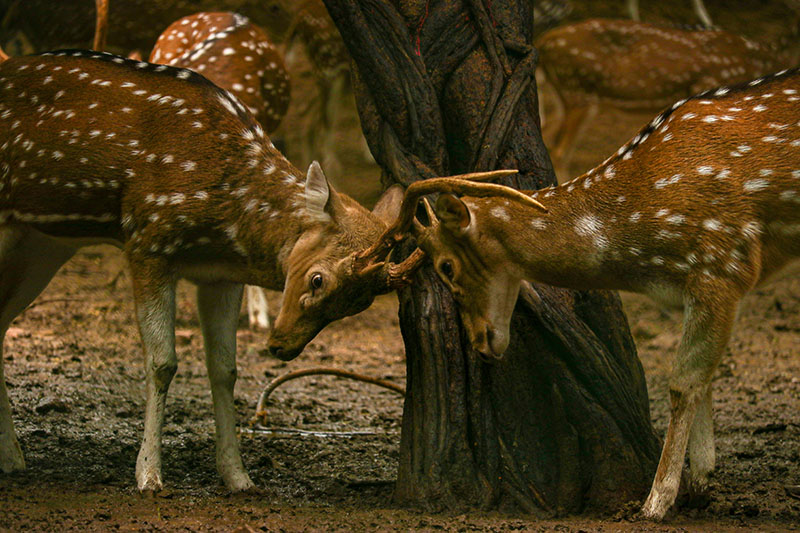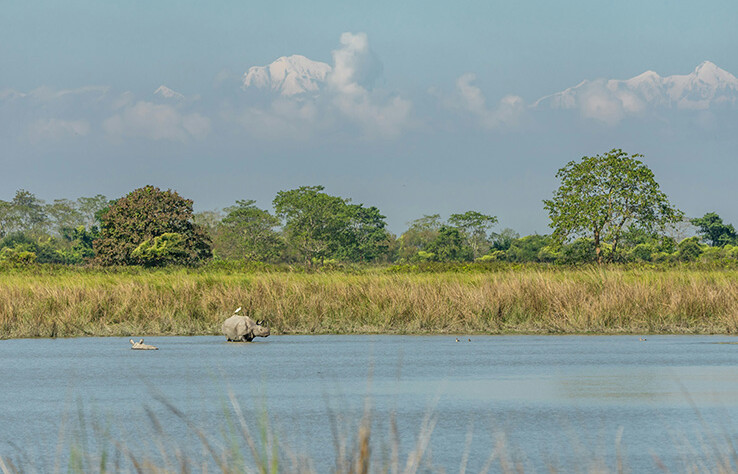Delhi, the bustling capital city of India, is often associated with its rich history, monumental architecture, and vibrant culture. However, nestled within this urban sprawl are pockets of greenery and biodiversity that serve as sanctuaries for wildlife. These wildlife sanctuaries in Delhi offer residents and visitors a chance to reconnect with nature and experience the region’s diverse flora and fauna. This article explores the key wildlife sanctuaries in Delhi, highlighting their unique features, biodiversity, and the role they play in conservation.


1. Asola Bhatti Wildlife Sanctuary
Introduction:
The Asola Bhatti Wildlife Sanctuary, located on the southern edge of Delhi, is a significant green lung for the city. It forms part of the Northern Aravalli Leopard Wildlife Corridor, connecting the wildlife in Delhi with that of the neighboring states of Haryana and Rajasthan.
Biodiversity:
Asola Bhatti is home to a variety of wildlife, including leopards, nilgai (blue bull), blackbuck, and several species of deer. The sanctuary also boasts a rich bird population, with over 200 species recorded, making it a haven for bird watchers. Peacocks, kingfishers, and partridges are commonly seen. Reptiles such as snakes, monitor lizards, and turtles also inhabit this area.
Flora:
The sanctuary’s flora is equally diverse, featuring a mix of dry deciduous and scrub forests. Indigenous tree species like the Dhak, Kikar, and Babool are prevalent. Seasonal flowering plants and shrubs add to the sanctuary’s ecological richness.
Activities:
Visitors to Asola Bhatti can enjoy guided nature walks, bird watching tours, and educational programs about the local ecosystem. The sanctuary also has a Conservation Education Centre run by the Bombay Natural History Society (BNHS), which organizes various awareness and conservation activities.


2. Yamuna Biodiversity Park
Introduction:
The Yamuna Biodiversity Park, situated in North Delhi, is a unique ecological restoration project aimed at recreating the lost ecosystems of the Yamuna river basin. It spans over 457 acres and serves as a critical habitat for several species of plants, birds, and animals.
Biodiversity:
The park supports a wide range of wildlife, including over 1,500 species of plants, 200 species of birds, and numerous mammals, reptiles, and insects. Commonly sighted animals include jackals, porcupines, and various species of butterflies and dragonflies. The wetlands within the park attract migratory birds, such as the Siberian crane and other waterfowl.
Flora:
Yamuna Biodiversity Park features various ecological zones, including wetlands, grasslands, and forests. It showcases indigenous plant species and has successfully reintroduced several plant communities that were once native to the region.
Activities:
The park offers a serene environment for nature walks, bird watching, and photography. Educational tours and workshops are regularly conducted to raise awareness about biodiversity conservation. The park also plays a crucial role in environmental education and research.
3. Kamla Nehru Ridge
Introduction:
The Kamla Nehru Ridge, often simply called ‘The Ridge,’ is a historical and ecological landmark in North Delhi. It is part of the Aravalli range and provides a green retreat in the midst of Delhi University’s North Campus.
Biodiversity:
The Ridge is home to a variety of fauna, including monkeys, mongoose, porcupines, and several bird species such as barbets, woodpeckers, and parakeets. It also provides habitat to numerous insects and reptiles, contributing to its ecological diversity.
Flora:
This area features a mix of native and introduced tree species, including the Banyan, Peepal, and Eucalyptus. The undergrowth consists of shrubs and grasses that are typical of the dry deciduous forest type.
Activities:
The Ridge is popular among students, researchers, and nature enthusiasts for walking, jogging, and nature observation. Its historical significance, combined with its natural beauty, makes it a popular spot for educational tours and heritage walks.


4. Sanjay Van
Introduction:
Sanjay Van, located near the Vasant Kunj and Mehrauli areas, is a sprawling forest area covering around 783 acres. It is one of the largest green spaces in Delhi and serves as an important habitat for urban wildlife.
Biodiversity:
The forest is inhabited by various species of birds, including the Indian peafowl, nightjars, and hawk cuckoos. Mammals like the golden jackal, blue bull, and different types of bats can also be spotted here. The area is rich in insect life, particularly butterflies and moths.
Flora:
Sanjay Van is characterized by its dense forest cover, primarily consisting of native trees like the Neem, Acacia, and Ber. The forest floor is lush with grasses and shrubs, making it a vibrant ecosystem.
Activities:
Sanjay Van is a favorite among Delhiites for morning walks, cycling, and bird watching. The forest trails provide an immersive nature experience, and several NGOs conduct guided nature walks and clean-up drives to promote conservation.
Conservation Efforts and Challenges
While these sanctuaries offer a respite from the urban hustle and play a crucial role in conserving Delhi’s biodiversity, they face several challenges. Encroachment, pollution, and habitat degradation pose significant threats to these green spaces. Conservation efforts by the government, NGOs, and community groups are essential to protect and restore these ecosystems.
Educational programs, community involvement, and stricter enforcement of environmental regulations are crucial for the sustainability of these sanctuaries. By promoting eco-tourism and raising awareness about the importance of biodiversity, Delhi can ensure that these natural habitats continue to thrive amidst the urban environment.


